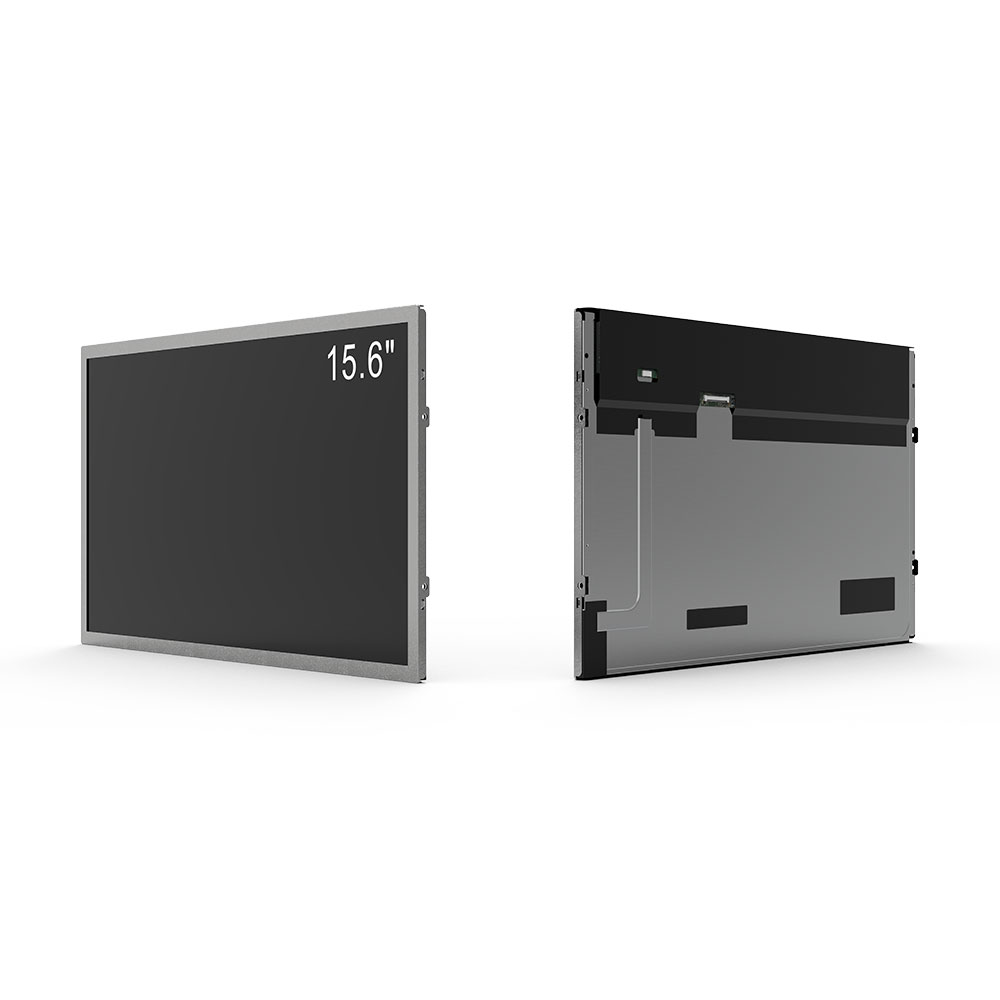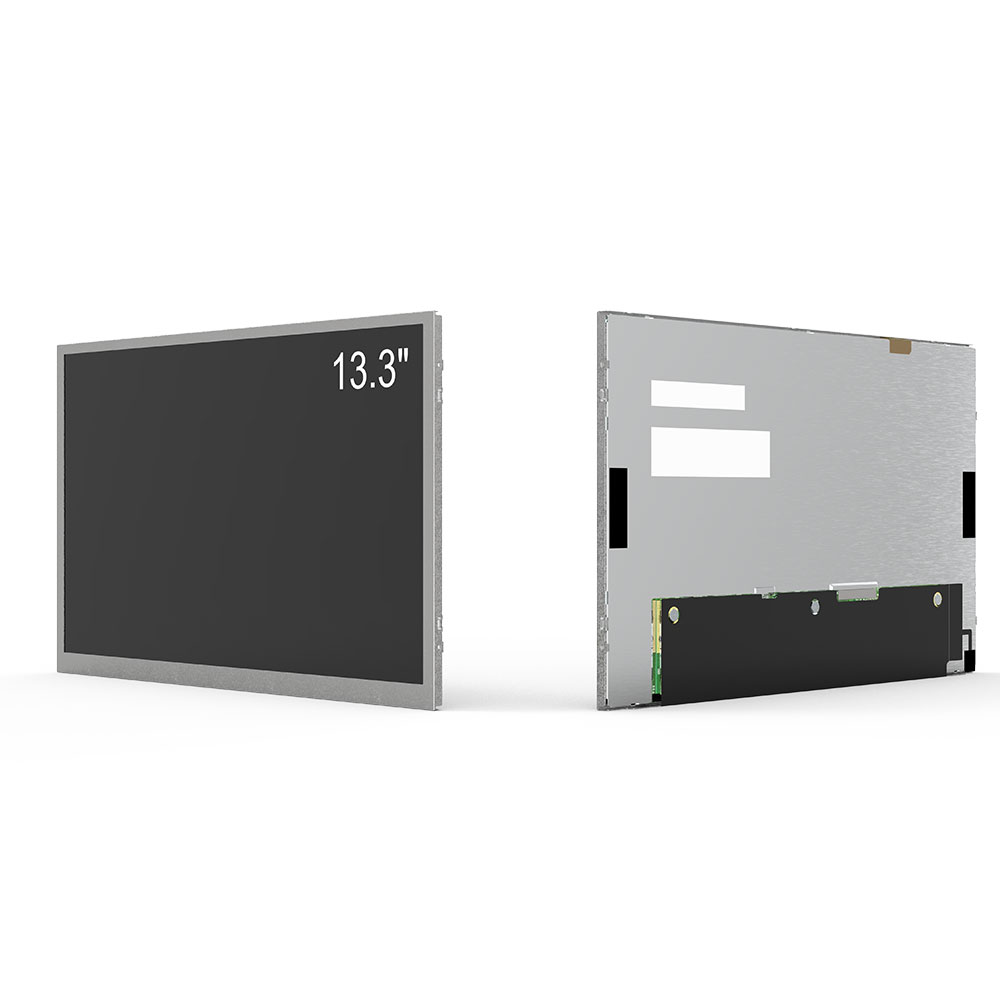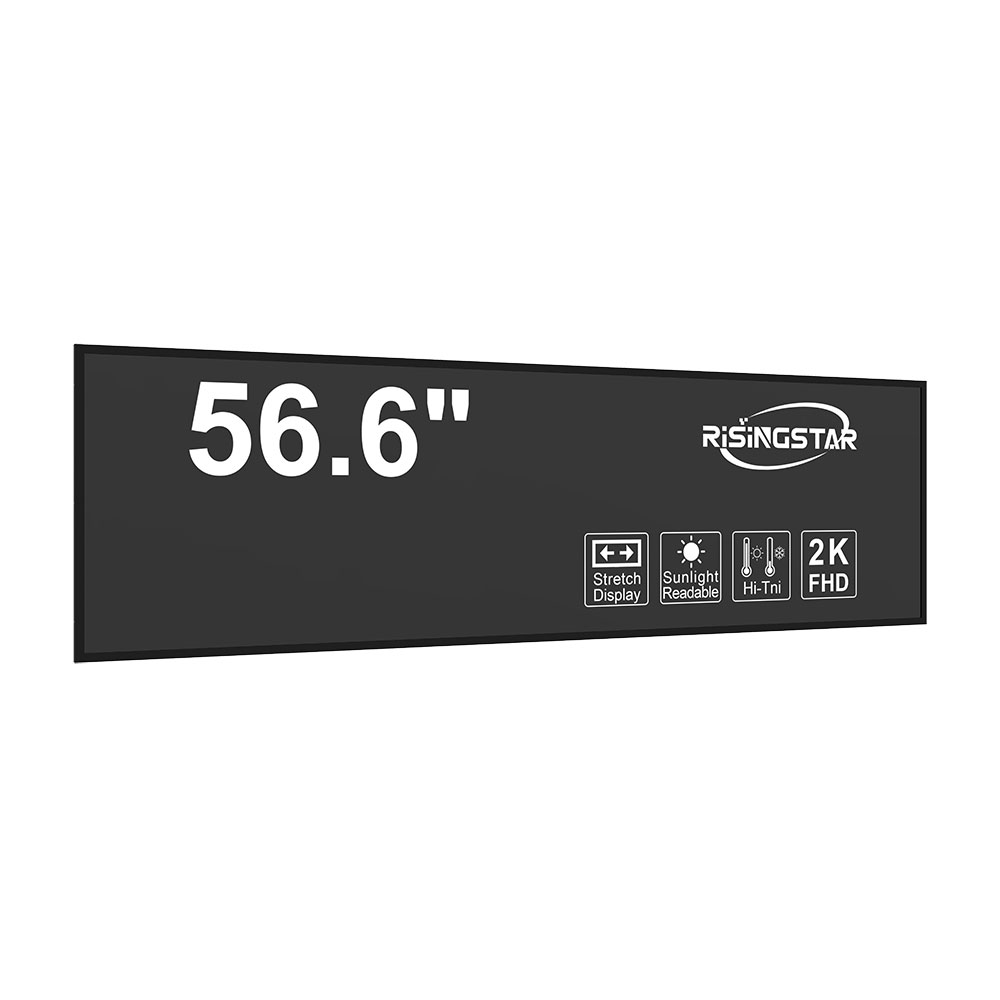- Home
- About Us
- Products
- News
- Video
- Contact
- Send Inquiry
Search
- Home
- About Us
- Products
- News
- Video
- Contact
- Send Inquiry

In today’s rapidly evolving urban landscapes, outdoor LCD screens have become indispensable tools for communication, advertising, and public information delivery. From bustling city centers to remote transportation hubs, these high-brightness displays offer reliable performance under extreme environmental conditions—sunlight, rain, wind, and temperature fluctuations. As cities embrace smart infrastructure initiatives, the demand for durable, energy-efficient, and visually impactful outdoor LCD technology continues to grow.
The core of any successful outdoor LCD screen lies in its ability to maintain visibility in direct sunlight. Traditional indoor LCDs typically operate at 250–300 nits of brightness, which is insufficient for daytime visibility outdoors. In contrast, modern outdoor LCDs are engineered to deliver between 5,000 and 10,000 nits of brightness, ensuring content remains legible even under harsh solar irradiance. This is achieved through advanced backlighting technologies such as LED arrays with local dimming control and high-efficiency optical films that reduce glare while enhancing contrast ratios. According to the Society for Information Display (SID), outdoor display brightness standards have evolved significantly since the early 2000s, with newer models now exceeding 7,000 nits to meet global market expectations.
Beyond brightness, environmental resilience is a key design criterion. Outdoor LCDs must comply with IP65 or higher ratings for dust and water resistance, enabling them to withstand heavy rain, snow, and industrial pollutants. Materials like aluminum alloy enclosures and tempered glass protectors not only enhance durability but also allow for passive cooling systems, reducing the need for active fans—a major contributor to failure points in humid or dusty environments. Case studies from cities like Singapore and Dubai reveal that outdoor digital signage using ruggedized LCD panels has increased public engagement by up to 40% compared to traditional static posters, particularly in transit stations and shopping districts.

Energy efficiency is another critical factor in large-scale deployments. With increasing focus on sustainability, manufacturers now integrate adaptive brightness sensors that automatically adjust luminance based on ambient light levels. This feature can reduce power consumption by up to 30%, aligning with ISO 50001 energy management standards. Additionally, some next-generation outdoor LCDs use OLED or micro-LED technologies, offering deeper blacks, wider viewing angles, and improved longevity over traditional LCDs. For example, Samsung’s The Wall outdoor display system, deployed in Times Square, demonstrates how modular micro-LED solutions provide both scalability and long-term cost savings due to lower maintenance needs.
From a technical standpoint, connectivity and content management are equally vital. Many outdoor LCD systems leverage 4G/5G wireless networks for real-time updates, while cloud-based platforms enable centralized control across multiple sites. These features are essential for dynamic advertising campaigns, emergency alerts, and real-time data visualization—such as traffic conditions or air quality indexes. The integration of AI-powered analytics further enhances ROI by tracking viewer engagement and optimizing content rotation schedules.
In conclusion, outdoor LCD screens represent a convergence of materials science, lighting engineering, environmental adaptation, and digital intelligence. As cities continue to invest in smart infrastructure, the role of outdoor LCDs will expand beyond mere advertising to include civic services, safety communications, and sustainable urban planning. Their continued innovation—driven by industry standards like IEC 60068 for environmental testing and ANSI/IES RP-41 for outdoor lighting—ensures they remain at the forefront of modern urban communication ecosystems.

